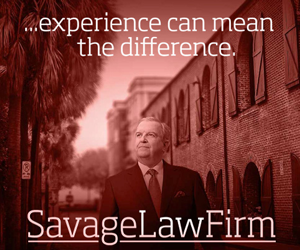A purported fact check by the Mark Lazarus campaign of the story I wrote on the $12 million purchase of swamp land near International Drive demonstrates an alternate reality exists in the race for the Republican nomination for council chairman.
The fact check pointed to four areas in the story that the Lazarus campaign chose to label “false.”
Let’s see. (See copy of post below)
The first two truths are a convoluted explanation of watersheds, mitigation credits and costs. What this all boils down to is that the purchase of the parcel on International Drive was completed in haste with only general ideas about what the Army Corps of Engineers will approve in a mitigation bank and what the Corps will deem wetlands disturbance areas in the Ride III projects.
No other parcel in the county was considered in the haste to purchase this parcel.
The excuse for the purchase on International Drive was used as proximity in the same watershed as the projects requiring mitigation. South Carolina mitigation is generally completed in seven major areas of the state of which the Pee Dee watershed is one. All of Horry County, except for the extreme southern region of the county, lies within the Pee Dee watershed.
There are sub-unit watersheds in the Pee Dee basin of which the Little Pee Dee and the Waccamaw River watersheds include most of the county. Mitigation is allowed between watersheds with some adjustments in credits as determined by the Corps of Engineers. There would certainly be no problem mitigating between the Little Pee Dee and Waccamaw River watersheds if it is even necessary. It is probable that lying within the larger Pee Dee watershed is enough.
Again we ask why weren’t wetlands in the western area of the county (where the cost is cheaper) considered and compared to the International Drive parcel if it was absolutely necessary for Horry County to establish a mitigation bank, which I submit it was not.
To truth three, I again submit there is a hidden agenda here that precluded consideration of any land other than the International Drive parcel despite the possibility other parcels could have provided significant savings to the county.








Speak Up…